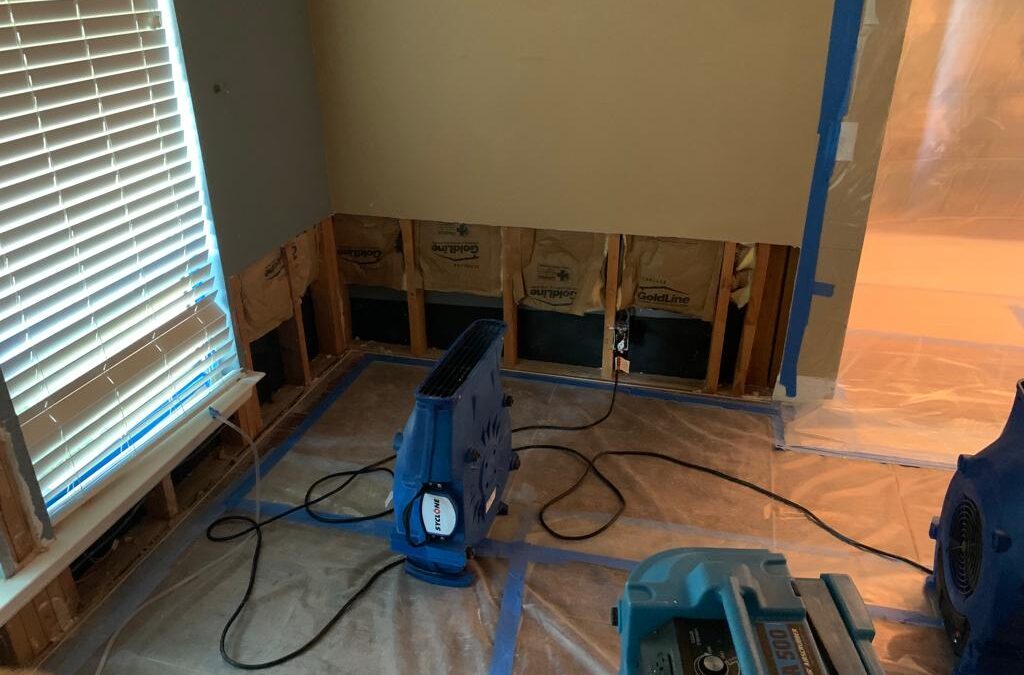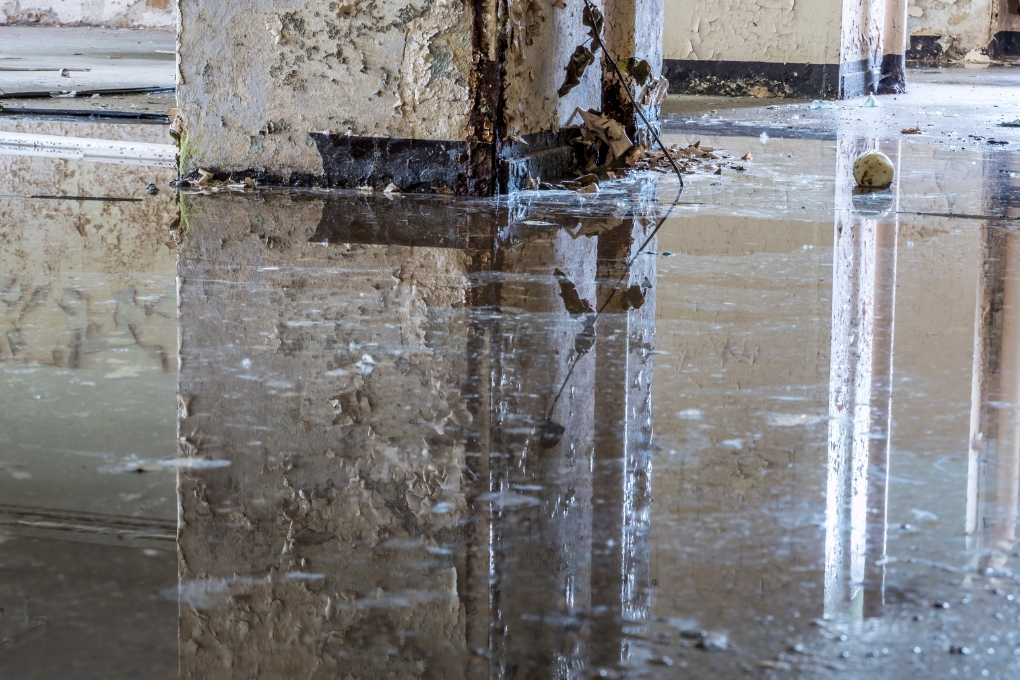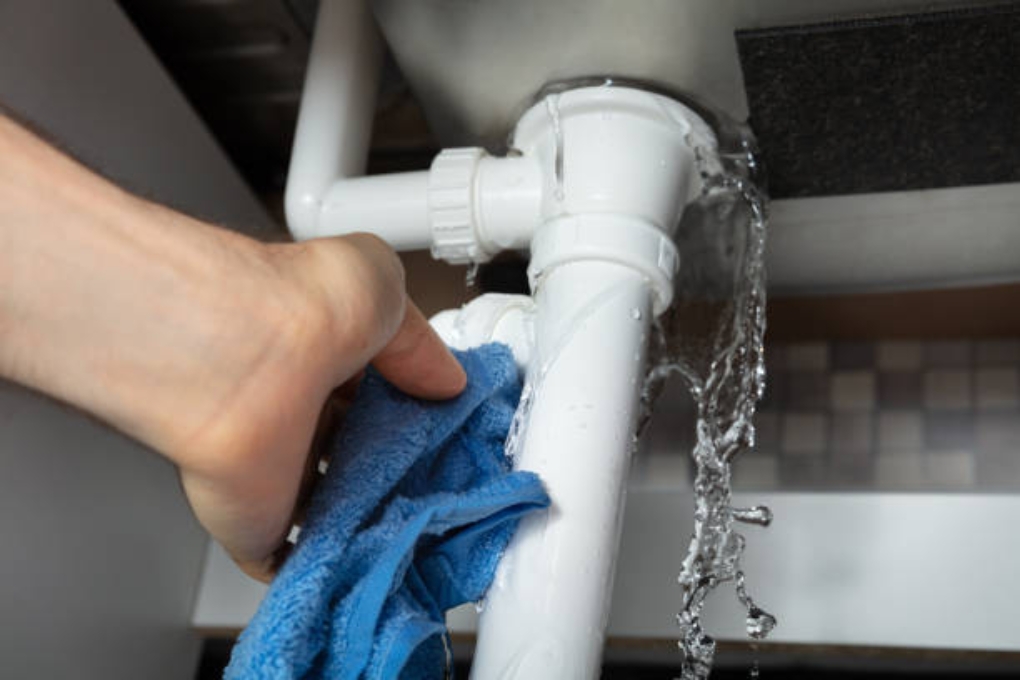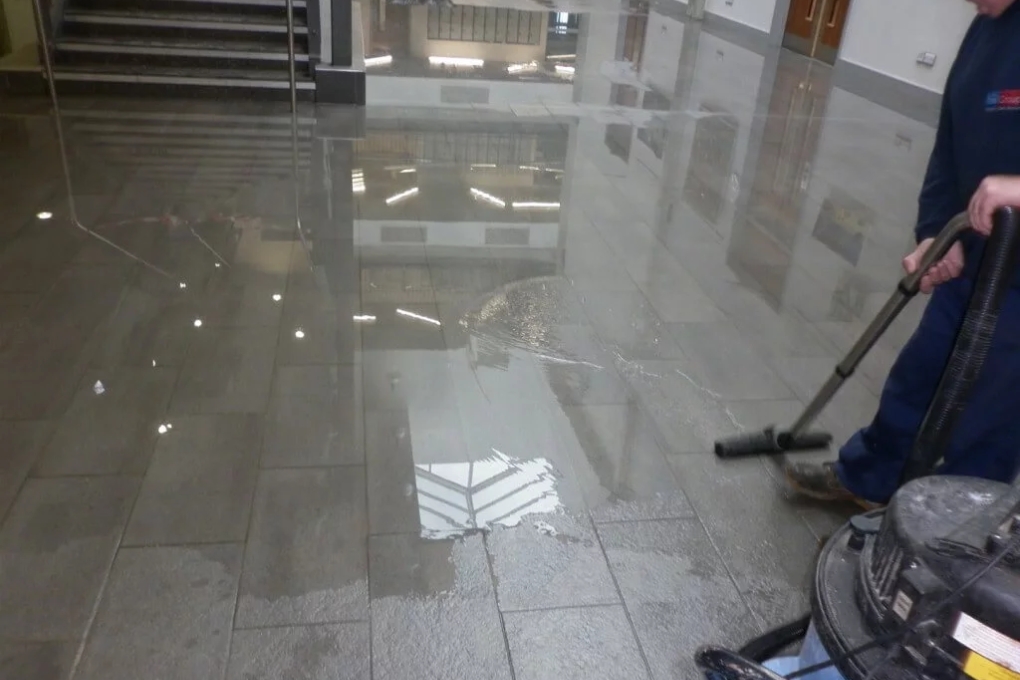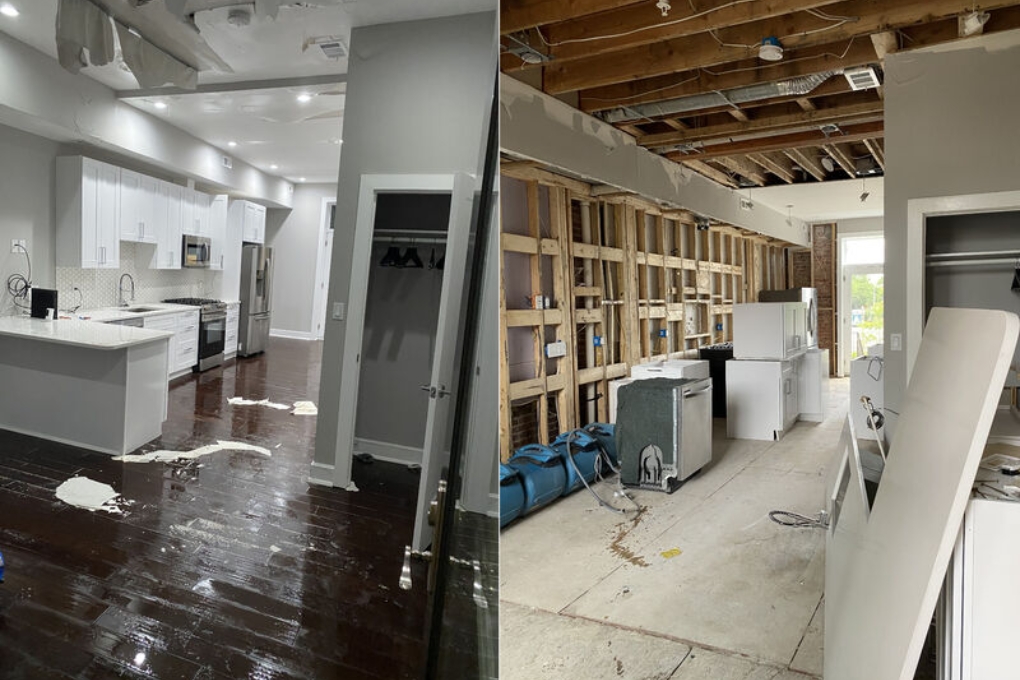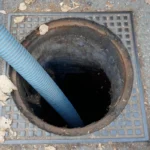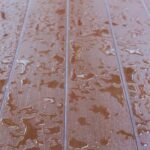Discovering water damage in basement areas requires swift action. First, ensure safety by cutting power, then assess visible damage like stains or mold. Document the scene for insurance and begin drying the area promptly. Knowing how to clean thoroughly and prevent future issues is key to a full recovery. What are the following essential steps? Let’s find out now, shall we?
Understanding the Impact of Basement Water Damage
When water damage strikes your basement, taking immediate action is essential. Delaying repairs can lead to serious risks, including mold growth and structural issues that compromise your home’s safety.
Why immediate action matters
Basement water damage can turn a minor issue into a major disaster if not handled quickly. A small leak can weaken insulation and drywall, leading to costly repairs. Every hour counts—water continues to seep, damaging structures and promoting mold growth. Immediate action protects your property and belongings. Don’t assume a tiny puddle is harmless; it can raise humidity and impact your home.
A fast response is essential to prevent further deterioration. Shut off the power, document the damage, and dry the area. Prompt intervention is the best way to avoid long-term consequences and escalating restoration expenses.
Risks of mold and structural damage
Ignoring water damage in basement spaces can lead to mold growth and serious structural issues. Moisture encourages mold spores, which can trigger allergies and respiratory problems. Left unchecked, water compromises wooden beams, drywall, and insulation, causing sagging floors, cracked walls, and potential collapse. To protect your home, identify and fix the source of water.
Dry the space thoroughly and use dehumidifiers to control moisture. Check for mold and take proper removal steps. Addressing these issues early prevents widespread damage and safeguards your family’s health and home integrity. Delay only increases the risk and cost. Take action now to protect your investment.
Initial Steps to Take After Water Is Discovered
Discovering water in your basement is alarming. Prioritize safety first, then act quickly to limit damage. Exploring effective basement waterproofing solutions early can help prevent future issues.
Shut off electricity and ensure safety
When you discover water in your basement, safety comes first. Immediately shut off electricity to the affected area to avoid shocks or fire hazards. Locate the circuit breaker and cut power; if unsure, contact a professional. Never walk through water unless you’re certain it’s safe—wear rubber boots for added protection.
Check for gas leaks or structural instability, and evacuate if needed. Contact your insurance provider to report the issue. This quick response helps prevent further danger and sets the stage for adequate recovery.
Identify and stop the water source
Once it’s safe, locate the source of the water. Inspect nearby pipes, appliances, and plumbing connections for leaks. If needed, turn off the main water supply. Also, examine walls, windows, and foundations for signs of seepage or cracks. Outdoor drainage issues can also lead to water entering the basement, especially during heavy rain. Seal visible gaps and consider downspout extensions or grading adjustments.
If underground intrusion is suspected, consult a professional for long-term basement waterproofing solutions like sump pumps or French drains. Stopping the source early minimizes the spread of damage and prepares your home for proper cleanup and repair.
Document the damage for insurance
Before beginning cleanup, document all damage for your insurance claim. Take clear photos from multiple angles, including visible mold, water stains, and affected belongings. Record a list of damaged items, including their condition and estimated value. If possible, gather receipts or proof of purchase. Maintain a written log of all communication with your insurer, noting advice, claim numbers, and next steps.
Organize this documentation carefully and store digital copies in a secure location. Detailed records ensure smoother claim processing and support your eligibility for compensation. A thorough approach to documentation can significantly ease the burden of water damage in basement spaces.
Remove standing water quickly
After documentation, act fast to remove standing water. Use a wet/dry vacuum for small volumes or rent a submersible pump for larger floods. Always follow safety instructions when using equipment. Open windows if weather permits, and use fans and dehumidifiers to dry the area thoroughly. Moisture left behind can lead to mold and further damage. Monitor humidity levels and consider moisture meters for accurate tracking.
Professional help may be needed for severe flooding or contamination. Practical water damage restoration basement efforts depend on early action, proper drying, and prevention—restoring your space and preventing future complications.
Drying and Cleaning the Affected Area
After removing standing water, properly drying and cleaning the space is essential to prevent mold and further deterioration. Follow these steps to restore your basement safely:
- Ventilate the Area: Open windows and doors to increase airflow.
- Use Drying Equipment: Set up fans and dehumidifiers to reduce moisture. Aim for humidity below 50%.
- Wipe Down Surfaces: Clean affected walls, floors, and furniture with a mild detergent and warm water.
- Address Mold: Use vinegar or a mold-specific cleaner on visible mold or mildew.
- Inspect Carpets and Upholstery: If too saturated, remove them for drying or disposal.
- Disinfect High-Risk Areas: Pay extra attention to corners, baseboards, and wooden surfaces.
- Dispose of Unsalvageables: Throw away heavily damaged or mold-contaminated items.
- Continue Monitoring: Check regularly for lingering moisture or mold.
Assessing and Repairing Basement Damage
Once your basement is dry, it’s time to assess and repair damage caused by water exposure. Here’s how to proceed efficiently:
- Survey the Area: Look for water stains, bubbling paint, warped floors, and visible mold.
- Inspect Structural Elements: Examine wooden beams, drywall, and flooring for soft spots or deterioration.
- Check Insulation and Wiring: Waterlogged insulation loses effectiveness, and wet wiring may be unsafe.
- Note Hidden Damage: Use a moisture meter to detect dampness behind walls or under floors.
- Plan Minor Repairs: Use waterproof sealants for small cracks and repaint damaged surfaces.
- Call Professionals if Needed: For foundation issues or electrical repairs, hire licensed contractors.
- Enhance Ventilation: Improve airflow to prevent future moisture buildup.
- Document Everything: Keep records of what was damaged, repaired, or replaced.
When to Call a Professional Restoration Company
If you notice severe damage or recurring leaks in your basement, consider calling a professional restoration company. Don’t wait until the problem worsens—getting help early can save you time and money.
Signs of severe damage or recurring leaks
Recognizing the early signs of water damage can help prevent costly repairs and structural issues. Look out for these red flags:
- Water Stains: Discoloration on walls, floors, or ceilings signals persistent leaks.
- Musty Odors: A strong, damp smell often points to hidden mold growth.
- Wall Deformities: Bulging, peeling paint, or warped surfaces indicate water infiltration.
- Frequent Water Cleanup: Repeatedly mopping or running a dehumidifier is a sign of ongoing problems.
- Increased Utility Bills: A spike in water usage may signal hidden plumbing leaks.
- Recurring Leaks: Even small, repeated leaks can weaken structures over time.
- Floor Cracks or Unevenness: These can point to foundation shifts due to moisture.
- Persistent Humidity: High humidity levels indicate poor water control or ventilation.
Advantages of expert tools and moisture detection
Professional restoration companies bring advanced tools and experience that are key to effective water damage recovery. Here’s how expert equipment makes a difference:
- Thermal Imaging Cameras: Detect moisture behind walls or under flooring.
- Moisture Meters: Measure hidden water levels that are undetectable to the eye.
- Industrial Dehumidifiers: Far more potent than consumer models for faster drying.
- Air Movers and HEPA Vacuums: Circulate air and safely remove particles and spores.
- Precise Damage Assessment: Professionals know how to evaluate structural and cosmetic issues.
- Comprehensive Monitoring: Ongoing checks ensure no moisture is left behind.
- Prevent Mold and Mildew: Targeted drying stops fungal growth before it starts.
- Insurance Documentation: Experts often assist in documenting damage for claims.
Hiring professionals ensures your basement is restored correctly and thoroughly, reducing long-term risks and giving you peace of mind during recovery.
Preventing Future Basement Water Intrusion
To keep water out of your basement, focus on a few key strategies. Inspecting your sump pump and drainage systems can help catch potential problems early.
Regular inspections of sump pumps and drainage
Regularly inspecting your sump pump and drainage system helps prevent costly water issues. Test your pump by pouring water into the pit—it should activate immediately. Clear debris from drainage lines and check the discharge pipe for blockages. Ensure power sources work and consider a backup battery. Preventive checks support long-term basement protection.
Exterior grading and waterproofing solutions
Regularly inspecting your sump pump and drainage system helps prevent costly water issues. Test your pump by pouring water into the pit—it should activate immediately. Clear debris from drainage lines and check the discharge pipe for blockages. Ensure power sources work and consider a backup battery. Preventive checks support long-term basement protection.
Humidity control and sealing cracks
To avoid basement flooding, ensure your yard slopes away from your foundation. Clean gutters and extend downspouts to direct water far from your home. Install French drains if needed, and apply waterproof coatings to the foundation walls. These steps and smart landscaping help manage runoff and reduce the need for basement water damage repair.
Final Thoughts on Basement Water Damage
Following these steps can effectively tackle basement water damage and protect your home. Remember to act quickly—shutting off electricity, evaluating the situation, and drying out the area are essential first moves. Don’t hesitate to call professionals if the damage is extensive or beyond your comfort level. Finally, take preventive measures to guarantee your basement stays dry in the future, keeping your space safe and sound. Protect Your Basement and Your Health – Get Expert Help With Water Damage.

